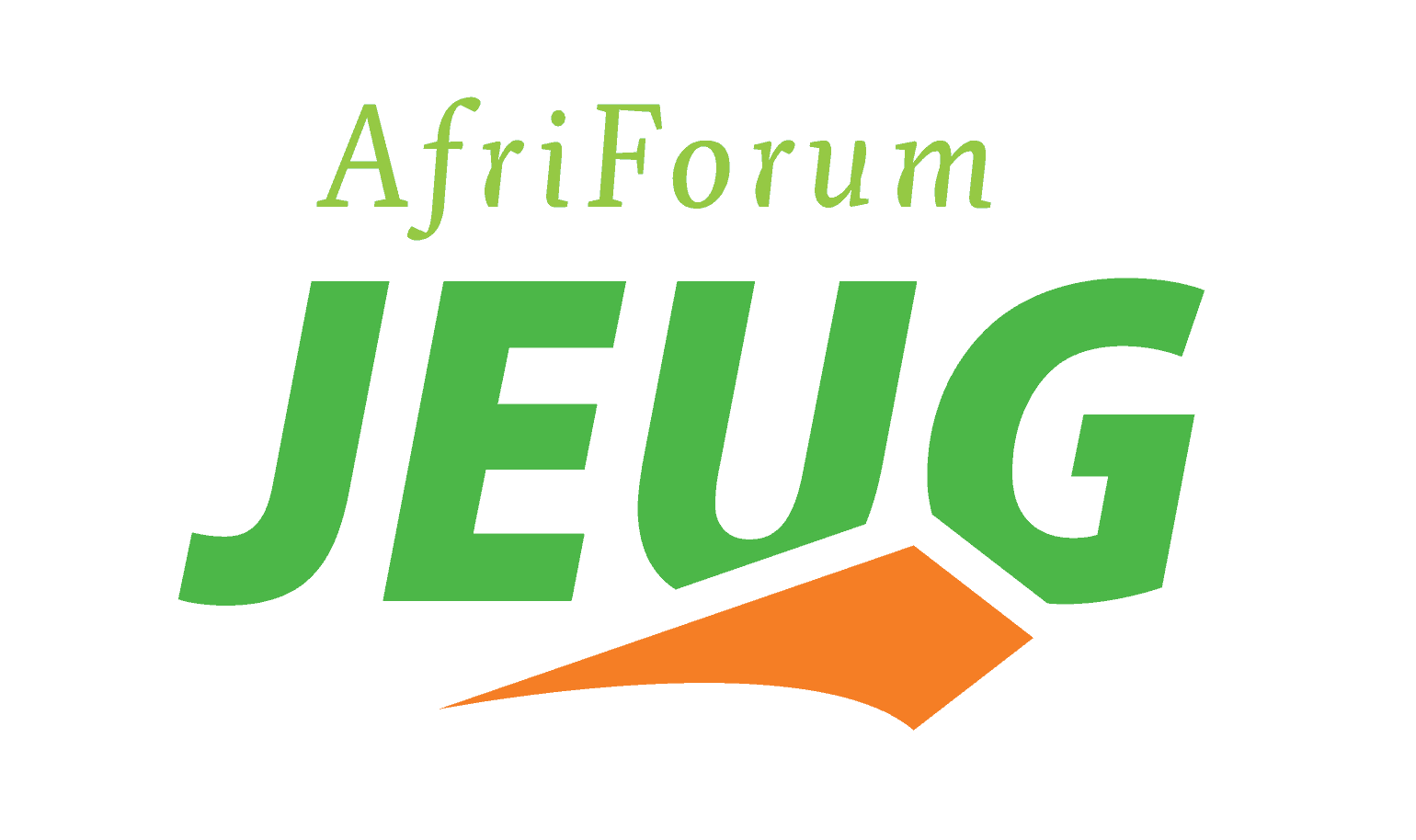Double standards are making white students resentful
Racial relations in South Africa reached a new low after a series of incidents at universities across the country.
Recently, two female students of the University of Pretoria (UP) painted themselves black at a private party. Shortly after the picture was made public, they were summarily expelled from their residence, without any investigation into the matter could be resolved. The DA student organisation, DASO, brought complaints against them and the ANC-affiliated student organisation, SASCO, once again threatened to paralyse universities across the country. The Human Rights Commission (HRC) also undertook an investigation into the “scandal”.
Not long thereafter, another photograph was circulated. This time, two white students from the University of Stellenbosch (US) painted their faces black at a friend’s birthday party. They dressed like Venus and Serena Williams. Again, the media quickly got hold of the story: “Black face scandal hits Stellenbosch,” one media house reported. As expected, in this case the university also announced in public that an investigation was being done and the students were forced to publicly apologise for their “misconduct”.
Before long, the debate became a huge joke on Twitter. Numerous photographs of black people who painted themselves white, suddenly surfaced and the general question was why these people were not also being accused of racism.
Earlier this year, two white students at the University of the Free State (UFS) bumped into a black student. The students were accused of having done it deliberately, and furthermore that they assaulted the black student. It was described as an act of racism. The students were suspended by the university without a hearing, at the insistence of the rector, and they were even severely insulted in in public. However, a court acquitted them of all charges and the HRC found that the incident was not racist. Shortly after this incident, the opposite happened, when a white student was thrown from his scooter and assaulted by a black student. The black student was also charged, but in this case the university remained silent in public, and the case was dropped after the student admitted guilt and paid a fine.
At the Potchefstroom Campus of the North-West University, the Minister of Higher Education decided to intervene after the media reported that there were alleged “Nazi activities” on campus. The fact that an independent inquiry found that there were no Nazi activities on campus, did not deter the minister. In Rapport he states that he does not care what anyone tells him about it, because he is already convinced that the students were busy with Nazi activities. False accusations of Nazism are now used as a green light to “radically transform” the campus. In the process, threats are now even being made to get rid of Afrikaans at the PUK, along with all the other undesired activities.
Shortly afterwards, a racist pamphlet appeared on campus with the words “Kill the Boer, Kill the Racist, Kill Afrikaans.” The ANC-oriented Higher Education Transformation Network (HETN) issued a statement and declared that there were allegations that this pamphlet was spread by so-called right-wingers. However, the organisation was unable to give answers as to who made these allegations, and it would appear that they devised these “allegations” themselves.
Shortly after the pamphlet appeared, the new rector of the NWU, Prof. Dan Kgwadi, echoed this sentiment by saying that the university ordered an investigation into the source of this pamphlet, and then immediately adding that the possibility was not be excluded that the pamphlet was spread by “right-wingers”. An Afrikaans newspaper that reported on this, did not write that the possibility of right-wing involvement was “not excluded”, but went as far as to say that the pamphlet was now “believed” to have been drafted by right-wingers.
One can only wonder why university managements are willing to act so drastically in such cases, while ANC-oriented youth leaders are handled with gloves when they misbehave. I have personally objected about this at the UP management. The case about which I complained at the time, unfortunately involved much more than face painting. It was related to an illegal SASCO protest march, during which classes were disrupted and students were threatened with violence. In response to my objection, it was explained that a disciplinary process is a private matter and that the university may not even reveal to the complainant what action was being taken against the students. The argument was that it would violate the rights of the students (who probably just happened to be black) if information about a disciplinary process were communicated to any person other than the accused. As far as I know, action was never taken in this case. It is strange that this approach does not seem to apply when the accused has a different skin colour.
One thing is certain: while the racism debate at universities across the country is continuing, racial tension is not improving. Rather, the opposite is happening. A growing resentment is developing among young white people – an antipathy rooted in the fact that young white South Africans are degraded to second-class citizens and are consistently subjected to gross forms of double standards – simply because of their skin colour.
Ernst Roets
Ernst is Deputy CEO of AfriForum
Follow Ernst on Twitter @ernststroets







